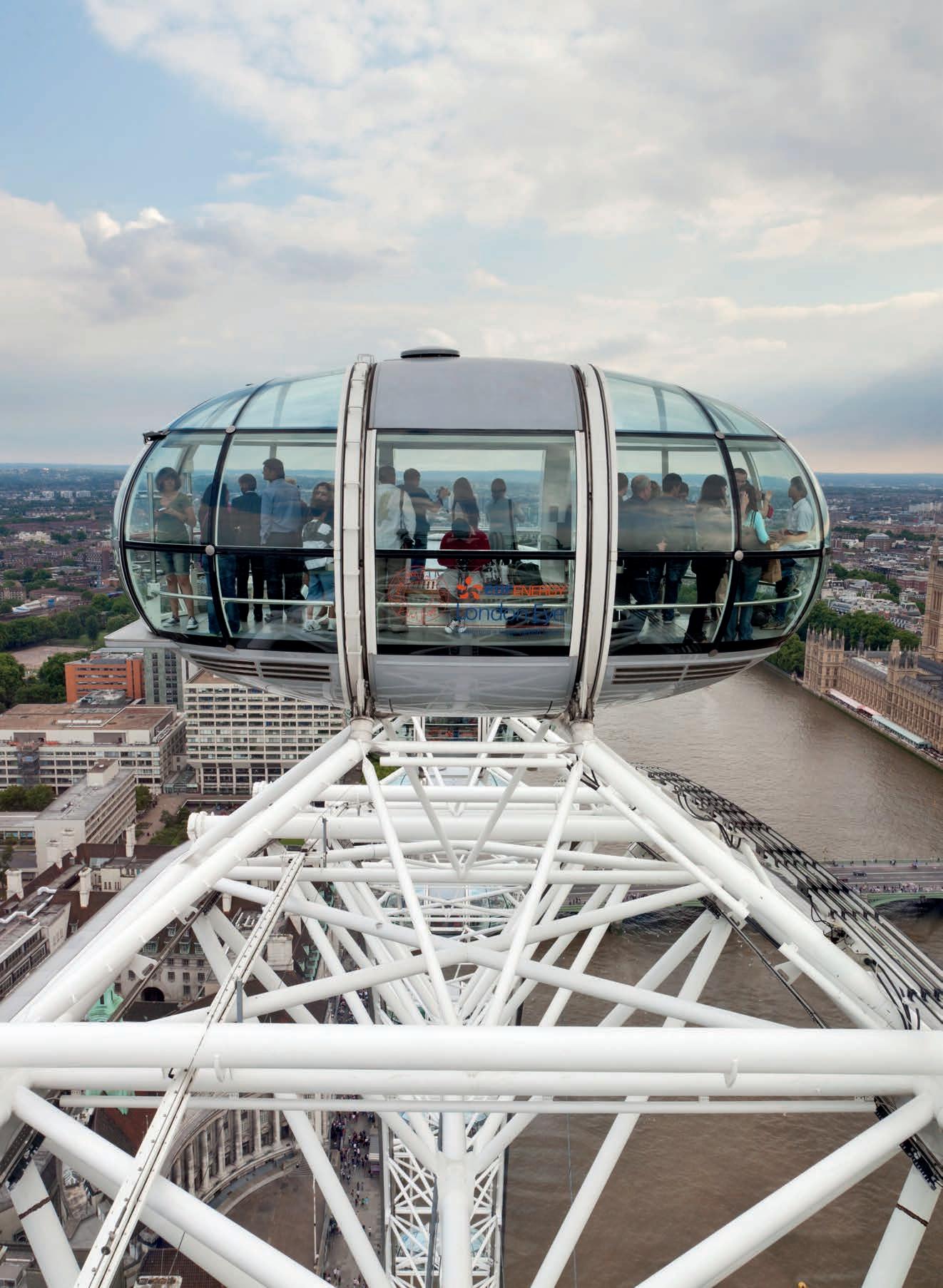
7 minute read
RESTORING LIVELIHOODS WITH HAND SURGERY
Working Hands transforms the lives of people in Nepal that have suff ered hand paralysis due to leprosy. The charity’s founder and team leader, consultant hand surgeon Donald Sammut, describes the work and aims of the project
I've been doing this work for about 20 years, fi rst in India and then in Nepal, travelling to reanimate hands paralysed by leprosy and to teach the local medical personnel. Some six years ago, the charity ‘Working Hands’ was founded to fundraise and coordinate this work.
I am a plastic surgeon and a specialist hand surgeon. My main interests lie in the reconstruction of hands following trauma or degeneration, nerve and tendon surgery, and the reanimation of the paralysed hand. I was a Bristol consultant plastic and hand surgeon for 10 years; since 2003, I have worked freelance. I now work mostly in Bath, where most of my patients are National Health Service patients treated in the private setting. I also have a London practice. About half my time is spent on teaching and training of juniors in the UK and internationally. Working Hands started with one small step – I bought two fl ight tickets for myself and a nurse to visit a village in India, where there were about 2,000 people a ected by leprosy. All were working and integrated in the village society, but most had hands weakened by leprosy.
Leprosy paralyses nerves, causing weakness and paralysis of the muscles animating the hand. The vast majority of our patients are illiterate farmers and manual workers, whose livelihood depends on what they can dig, carry and handle in a day. There is no state-provided healthcare in Nepal.
It is possible to restore strength in a ected hands by ‘stealing’ muscles that are still active and powerful, but that are less essential to hand function. For example, we can make a thumb stronger by transferring a muscle from one of the fi ngers. We
1 The Working Hands team, pictured in November 2019 | 2 A child's bandaged hand is examined post-surgery

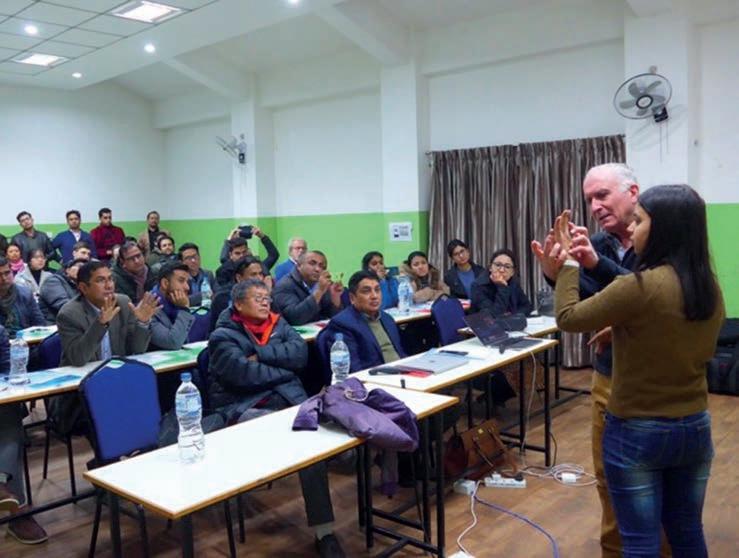
3
3 A lecture takes place in Kathmandu | 4 Surgeons receive training in essential skills as they observe an operation | 5 An endvisit ward round, when all patients are given laminated copies of their operative drawings | 6 A young patient is examined during an outpatient appointment
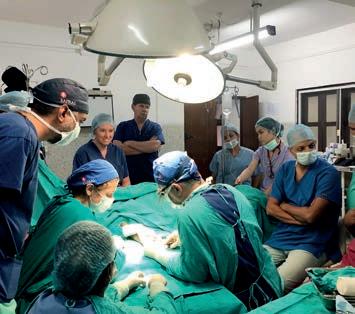
also deal with burns, which are common tragic occurrences in Nepal since many use open fires for cooking. The hospital treats leprosy patients at no charge, while all other conditions are charged a modest amount. Our team oers services for free.
We visited India for nine years and, by the end of that time, I had operated on most of the 2,000 people in the village. We then moved on to Nepal, to the main leprosy hospital in Kathmandu. The main dierence was the fact that no doctors were available to teach in the Indian village while, in the Nepali hospital setting, one was quickly surrounded by many eager to learn. It soon became obvious that this was the more valuable and lasting benefit of our work.
We have since grown to a team of eight or nine, which includes four surgeons, an anaesthetist, a theatre nurse and two therapists. Our working model is to identify a hospital that requires kit and training, and has patients who need the care. On our visits we aim to carry everything that we might need, leaving any surplus behind. This could include virtually anything from syringe needles, right up to splint material, sutures, all dressings. In addition, each visit generates a wish list of required kit – such as instruments, sterilisers etc – which, funds permitting, we purchase and carry on the following trip. Many of the patients are now operated on by local surgeons, with the assistance of our team, and this is the lasting eect of our work. All of the treatment is free – none who volunteer on our team receive a penny for their work and all generated funds find their way into the field and to meet trip expenses
The team also consists of less-experienced UK surgeons who are being taught technique, organisation and conduct of this work. This, too, ensures ongoing sustainability. We have also been able to bring some Nepalese surgeons and therapists to the UK for six-week periods to shadow our work here. The main aim is to train these local surgeons and therapists in diagnosis and treatment, and make them autonomous and capable of performing. One could say that our work is done when we become redundant.
When we feel that a hospital is able to carry out the work without supervision and it is well kitted out, we move on to another. We are now working in our third, fourth and fifth hospitals, where we will probably stay for quite some time because there is an ongoing need. Two of these hospitals have a very large rural leprosy catchment area. The third is in Kathmandu and is, relatively, more sophisticated and has more facilities,

but the large team of doctors still benefit from training and equipment.
Among the UK sponsors associated with Working Hands is Welbeck Health, which has been supportive of our work from the start and has helped sponsor our most recent visit. I work closely with Welbeck Health, which, in its initiation, invited me to assemble a team of hand surgeons for its new orthopaedics unit at One Webeck Street, London. This hand surgery team is headed by Sam Gidwani, who is also a member of our team to Nepal.
Each year the hospital at which I am based in Bath, Circle Bath, kindly provides consumables for the trips. This can come to a sizeable expense and considerable weight – some 150kg on the last trip. Our major sponsor and supporter is Etihad Airways, which has provided our flights. Without their support over the past eight or nine years I don’t think the project would have survived, as the flights represent our single largest expense. We have a very good working relationship with Etihad and I am extremely grateful for all their help. The viability of the project depends entirely on the support and funding of kind benefactors. Throughout the year, I approach sponsors for funds, and it is also humbling that many of our patients are inspired to give, often entirely unsolicited. I lecture in schools and church halls, raising funds from those who are moved to support us, while unsolicited cheques arrive from time to time.
The main aim of the project is the training and teaching of local medical personnel. These will continue to treat patients long after we have flown home. It is an abiding and ongoing pleasure, and a privilege, to place sound principles in the mind of a person who will then go on and treat far more than one could achieve.
Standing and teaching amongst the Nepali surgeons, surrounded by pairs of clever eyes eager to learn, is one of the real gifts of one’s profession. The reward is the knowledge that we are leaving behind a body of professionals who will continue with this work and will themselves teach others.
6

For more information on Working Hands and how to make a donation, please visit: www.workinghandscharity.org
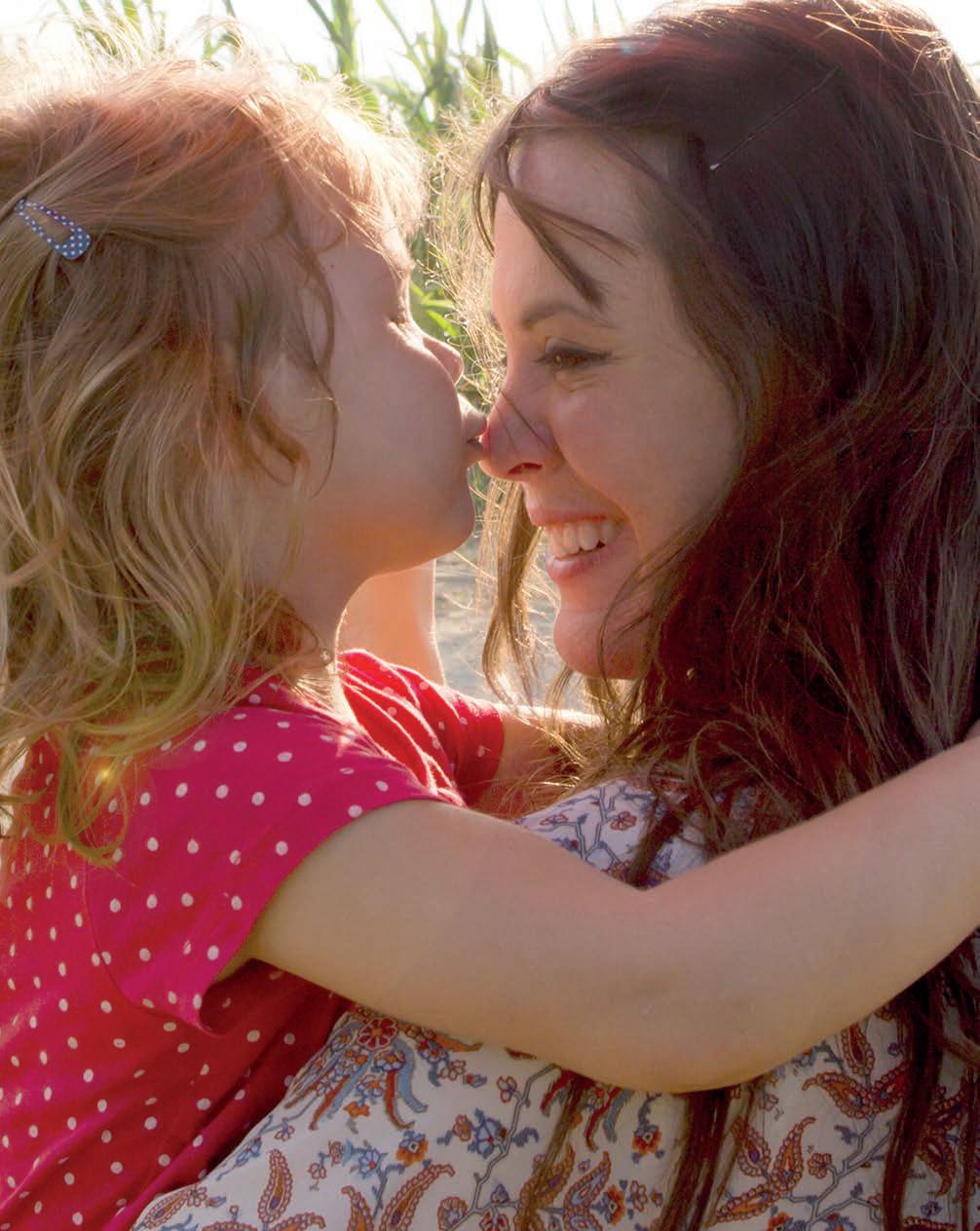

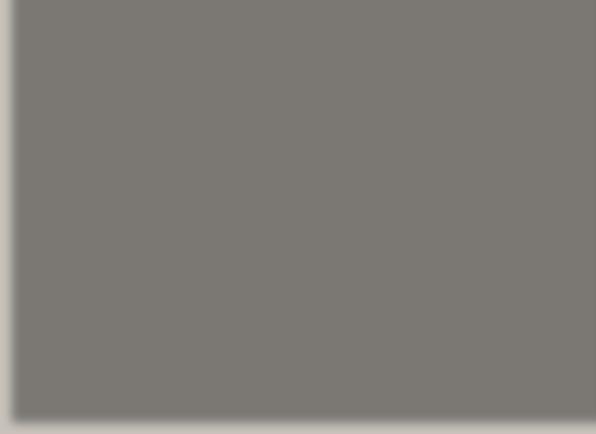

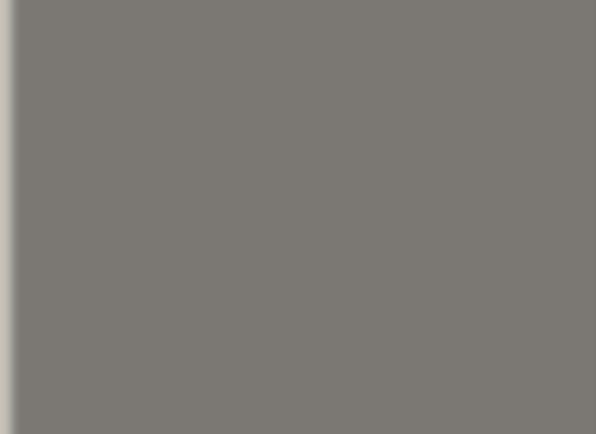

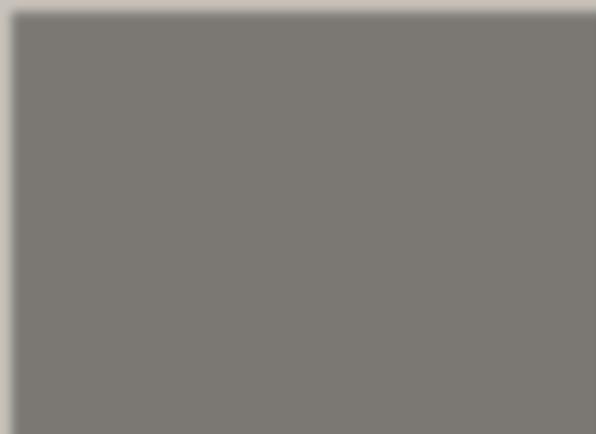
the number one centre in London for fertility care
(based on HFEA verifi ed data for 2017 – 2018 for IVF pregnancy rates per embryo transferred)








